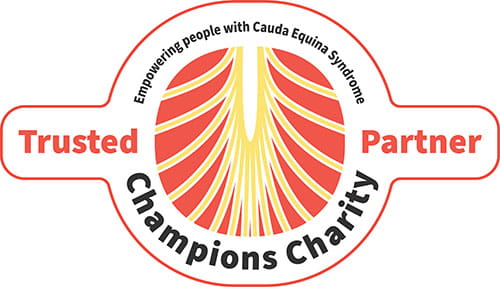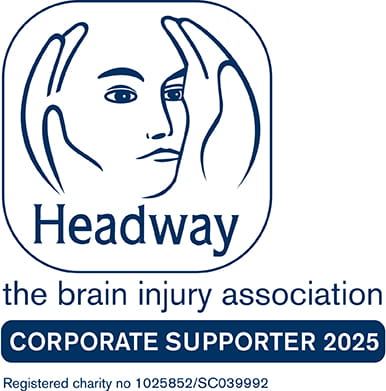Nationally, treatment of the distressing effects of bed sores costs £1.4 billion a year but if not recognised and treated soon enough, pressure sores can predispose a patient to a fatal infection. Indeed, according to health authorities in the UK and USA, bed sores are the second ‘unexpected reason for death caused by medical treatment’ just behind adverse drug reactions.
The rising incidence of bed sores is therefore a growing concern, particularly among vulnerable patients. Some local hospitals, such as Northampton General Hospital, are reported in the local press to have experienced a rise in the most serious grades of pressure sore with some wards seeing five serious pressure ulcers in just one month.
Pressure sores or ulcers are much more common among patients who are unable to move because of paralysis, illness or old age. See the official classification to describe the severity of bed sores or pressure ulcers at the end of this article.
Skin lesions can be caused by friction, temperature or incontinence but are most frequently brought on by unrelieved constant pressure on one part of the body including bony areas such as the elbows, knees, ankles and sacrum (the triangular bone at the base of the spine between the two hip bones).
Back in the 1950s, a nurse called Doreen Norton demonstrated that the best treatment and prevention of bed sores was removing the pressure by turning the patient every two hours. Norton, who died in 2007, was instrumental in changing nursing practices to effectively treat pressure ulcers which only a few decades ago were a major killer.
However, if that’s all it takes - turning a patient or resident every two hours - to prevent bed sores you may well ask why there is an upsurge in cases?
Andrea Rusbridge, head of clinical negligence in Shoosmiths Shoosmiths's Northampton office, has focused entirely on medical negligence since 1996 and is an AvMA panel member:
"I am advised by expert opinion that there can be no defence against allowing a bed sore of grade 3 or 4 to develop. This rise in cases is very concerning and may be a reflection of cuts and poor standards of care."
In the UK, it is estimated that between 4% and 10% of all hospitalised patients develop at least one pressure ulcer and almost 70% of elderly patients with mobility problems will develop them. That’s significant as sustained pressure can not only lead to bed sores but can also cut off circulation to vulnerable parts of the body, especially the skin of the buttocks, hips and heels. The affected tissue dies if it does not receive an adequate flow of blood.
Veronica Male, also based in the Northampton office, has over 14 years personal Injury experience acting for claimants in pursuing claims and obtaining damages for personal injury and loss. She adds:
“Some experts say that even with excellent medical and nursing care, bed sores can be hard to prevent, especially among vulnerable patients. But if those same patients or residents are not being cared for as frequently and attentively as they should be (for whatever reasons) then developing pressure sores is almost a certainty and that should call for investigation."
What to do if you are concerned about bed sores
We are experienced in handling these sensitive cases and appreciate the reservations you may have, particularly if the person you are concerned for remains in the care of the nursing staff you may wish to complain about. Call our free client services team on 03700 868686 or contact us online. The client services team is available six days a week: Monday to Friday 9 am to 6 pm and Saturday 10 am to 4 pm.
Bed sore/pressure ulcer grading system
The more severe the ulcer, the longer it takes to heal and the greater the incidence of complications in more severe cases.
- Grade 1: non-blanchable erythema of intact skin (i.e. a redness of the skin surface that persists even when pressure is applied), discolouration of the skin or warmth such as you’d get with a wound or infection.
- Grade 2: partial skin loss involving epidermis, dermis, or both. The ulcer looks like an abrasion or blister. Surrounding skin may be red or purple.
- Grade 3: full skin loss involving damage to or necrosis (tissue death) of subcutaneous tissue.
- Grade 4: extensive destruction, tissue necrosis, or damage to muscle, bone, or supporting structures with or without full-thickness skin loss. Extremely difficult to heal and liable to lead to a fatal infection.
Disclaimer
This information is for educational purposes only and does not constitute legal advice. It is recommended that specific professional advice is sought before acting on any of the information given. © Shoosmiths LLP 2025














